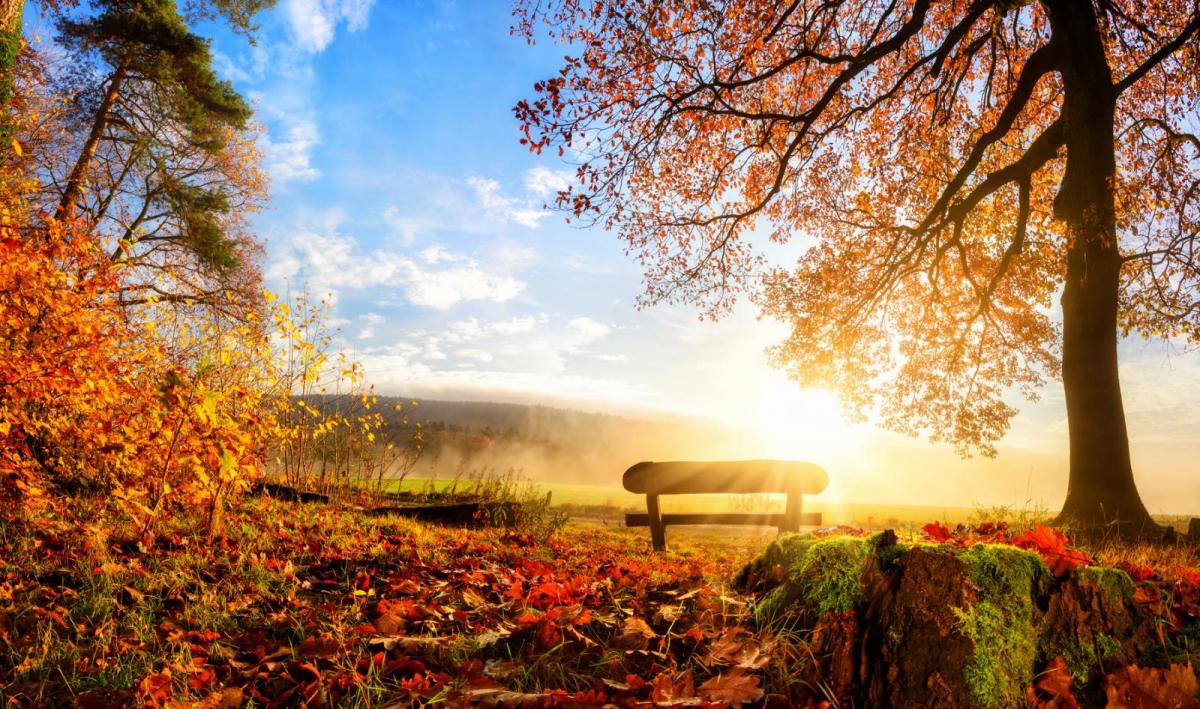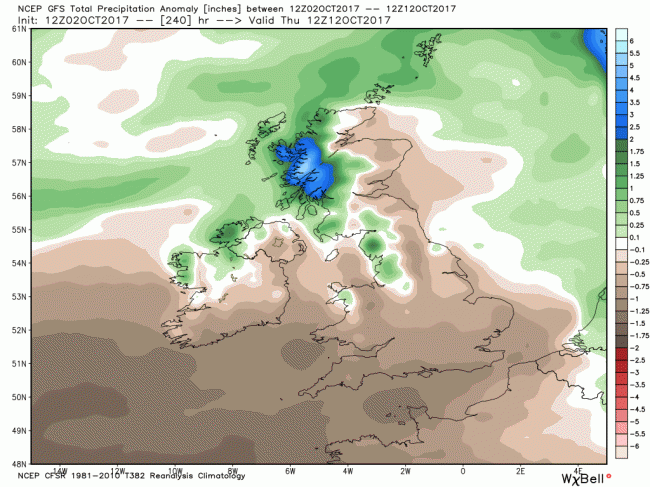

Although the days are getting shorter, the nights longer and there is a chill in the air in the mornings now as we head into October and relentlessly on towards winter, the changing leaf colour of trees will surely help improve one’s mood on a sunny day. Leaves of the Acer genus, commonly known as maples, turn a fiery red; while leaves of beech trees become golden, while other trees see their leaves turn yellow or purple.
Leaf colour comes from three pigments which are produced by leaf cells to help them produce food for the tree or shrub. These pigments are chlorophyll (green), carotenes (yellow/orange) and anthocyanins (reds and purples).
As we head through autumn and the days get shorter, the production of chlorophyll slows and eventually halts. Chlorophyll still present in the leaf fades as a result, which allows the yellow/orange carotene pigments to be unveiled which aren’t normally seen in spring and summer as they are masked by the green chlorophyll. Although carotenes are present in leaves throughout the growing season, anthocyanins are not and tend to be manufactured in the leaf in early autumn, when sugars become trapped in the leaves as the tree prepares to shed them, the sugars becoming concentrated – leading to the production of anthocyanins in the leaf just before they fall from the tree.
However, anthocyanins are only present in around 10% of tree species native to temperature regions, including the UK, northern Europe and North America. Though some areas in these temperature regions, such as New England in the USA, can have a high proportion of these tree species that produce anthocyanins, such as maples which are dominant, hence why New England is famous for its autumn colour displays.
Cold nights: these favour quick change in leaf colour, because low temperatures destroy the chlorophyll, so the green leaf fades to yellow quicker than under mild conditions, though temperatures above freezing enhances anthocyanin production to allow the leaves to take on a red/purple colour.
Dry weather: allows sugars to become more concentrated in the leaves, thus more anthocyanin is manufactured in the leaf which makes them redder. A dry summer preceding the autumn is often a good precursor for a good autumn display. An often cloudy and rainy autumn tends to lead to dull and muted autumn colours.
Sunny days: despite the shorter days and longer nights halting the production of new chlorophyll, photosynthesis may still occur with any remaining chlorophyll in the leaf with any exposure to sunshine – which increases sugar concentration in the leaf and thus anthocyanin production leading to redder leaves in certain species of tree or shrub.
Based on the criteria above, we’ve seen a wet summer on average across the UK preceding a cool and often wet September for most too, so perhaps not the ideal precursors for a good year of autumn colours. However, the current weather model output suggests southern areas will be often dry with some sunshine over the next seven to ten days, so if this combines with some chilly nights, but generally staying above freezing, then we could see the best autumn colour displays in the south this year. But this doesn't mean there won't be good displays in the north in the drier rain showed parts in the east, as the chart below shows.
12z GFS total precipitation anomaly 0-10 days for UK & Ireland (browns=dry). Credit: Weatherbell:

Trees start to turn colour in autumn first in the far north of the UK where it is colder, in September in the north of Scotland then by mid-to-late October in the far south of the UK. For information on some of the best places in Britain to see autumn colours, here are a few links:
Loading recent activity...